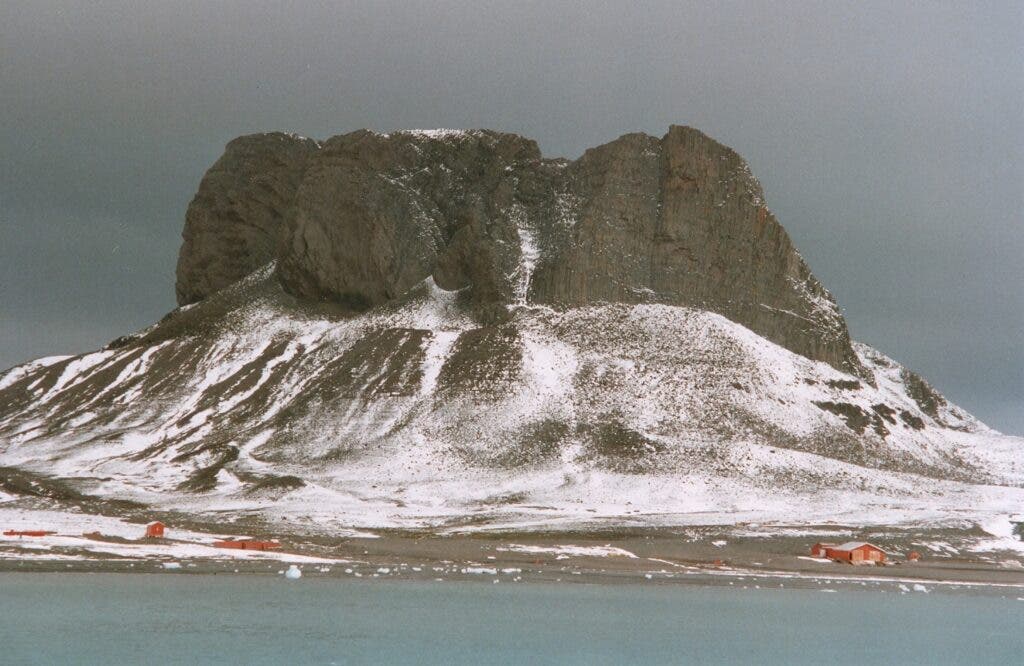Antarctica is the highest, driest, coldest, and windiest continent on earth. So perhaps unsurprisingly, it spent the last 35 million years in relative isolation. People only discovered Antarctica in 1820, and it took another 100 years for people to reach the pole. But how many people live in Antarctica now?
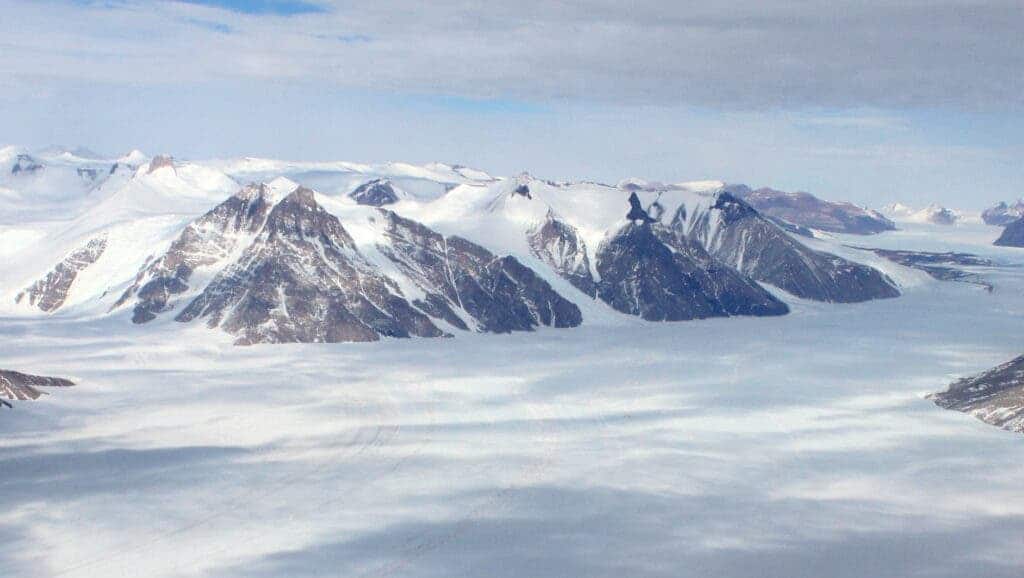
Antarctica has no real permanent residents — just research stations and field camps staffed either seasonally or year-round. Yet in the summer season, if the weather is favorable, Antarctica usually hosts up to 5,000 people. When the summer fades into winter, many stations get completely depopulated, and the ones with a permanent mission keep much smaller crews to keep the stations running. During the wintertime, Antarctica’s population goes down to around 1,000 people.
Currently, scientists, staff, and whoever else might happen to be in Antarctica stay in one of 70 bases (40 of which are year-round). Over 30 nationalities are usually represented on the continent, as can be seen in the excellent visualization from Ivan Lokhov of Datawrapper.
The biggest base in Antarctica is by far the McMurdo Station which is a United States Antarctic research station on the southern tip of Ross Island, an island formed by four volcanoes in the Ross Sea near the continent of Antarctica. It’s a full-scale research station, featuring a harbor, landing strips on the ice shelf, and a helicopter pad. The station also features repair facilities, dormitories, administrative buildings, a firehouse, power plant, water distillation plant, wharf, stores, warehouses, a science support center, as well water, sewer, telephone, and power lines. It even has a few clubs, a brewery and a Burger King. Some of the specialties you can enjoy if you reach McMurdo include penguin-shaped nuggets and, while the clubs aren’t probably what you’d expect on the mainland, you can have a hip coffee or a few drinks (either imported or from the local brewery). The station also hosts tourists sometimes.
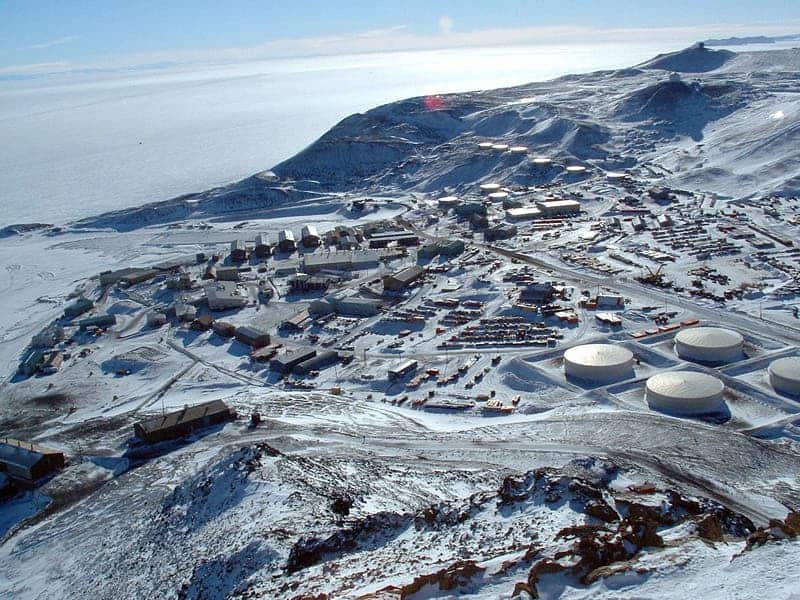
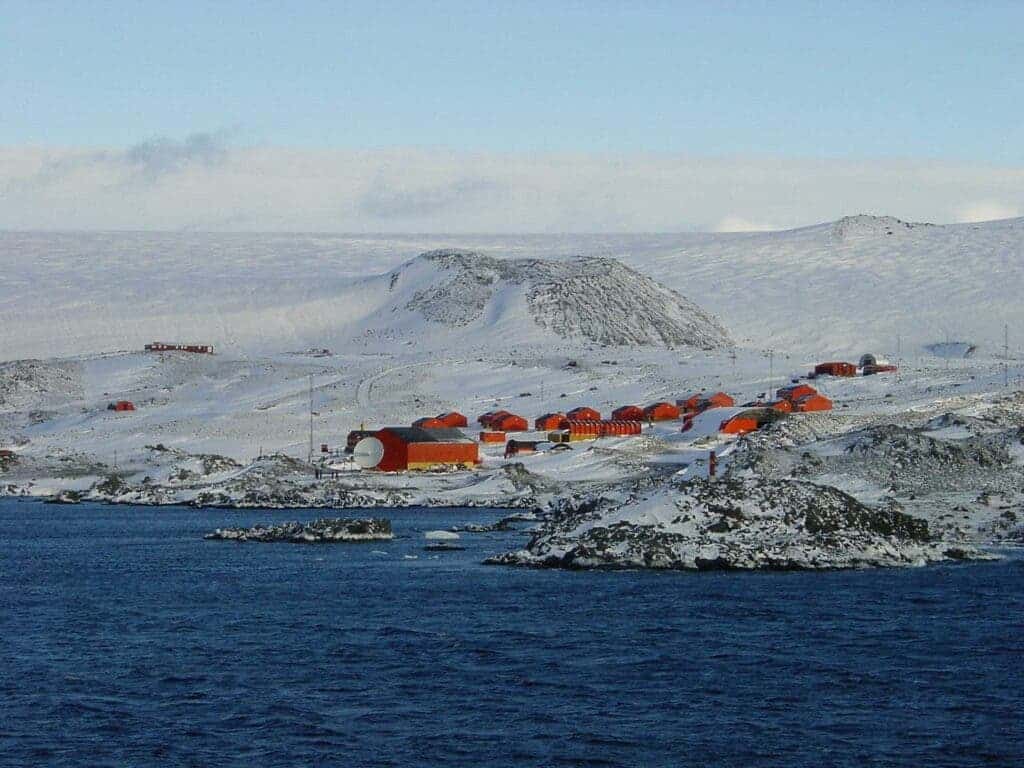

Other stations, however, are much smaller and less equipped. Esperanza Base, for instance, is one of only two civilian bases in the Antarctic, but it can only host 55 people. The Vostok Base, one of the most remote permanent bases in the Antarctic, essentially consists of only a few buildings and it can only host 25 people. The only station that’s more isolated is the Amundsen–Scott South Pole Station manned by the US, located at the South Pole.
Vostok is the coldest on earth in terms of mean annual temperature and arguably recorded the coldest temperature ever recorded by humans in 1983 (-89 degrees Celsius . -128 degrees Fahrenheit). Esperanza is the place where the warmest Antarctic temperature was measured: a whopping 20 degrees in 2020.
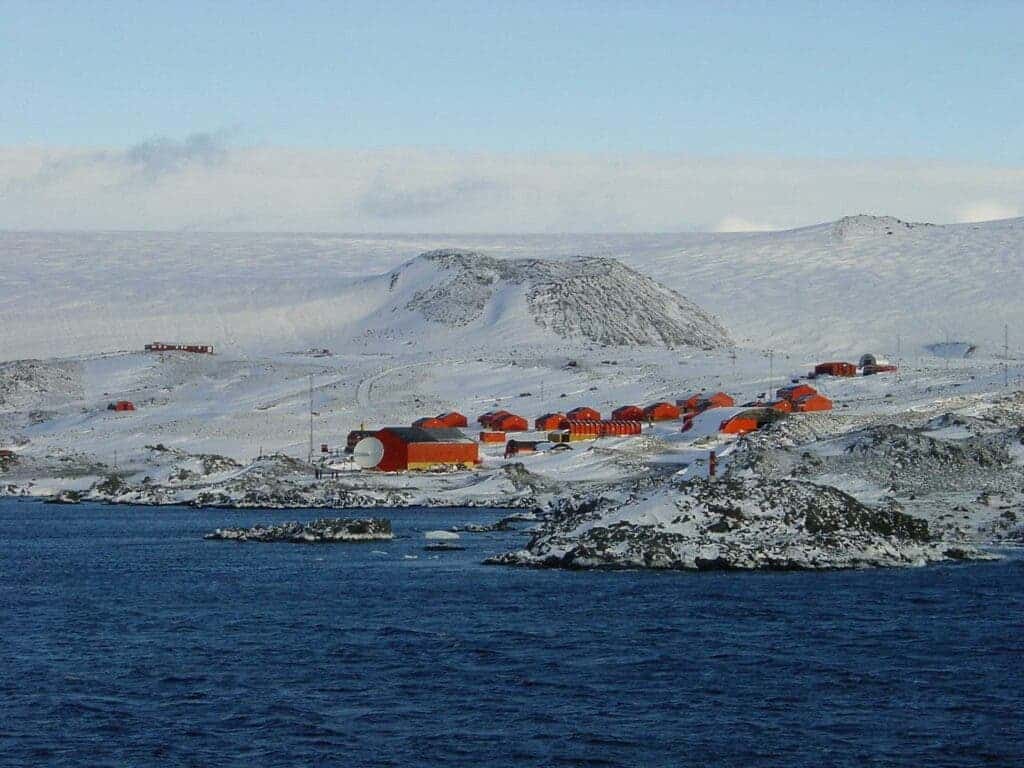
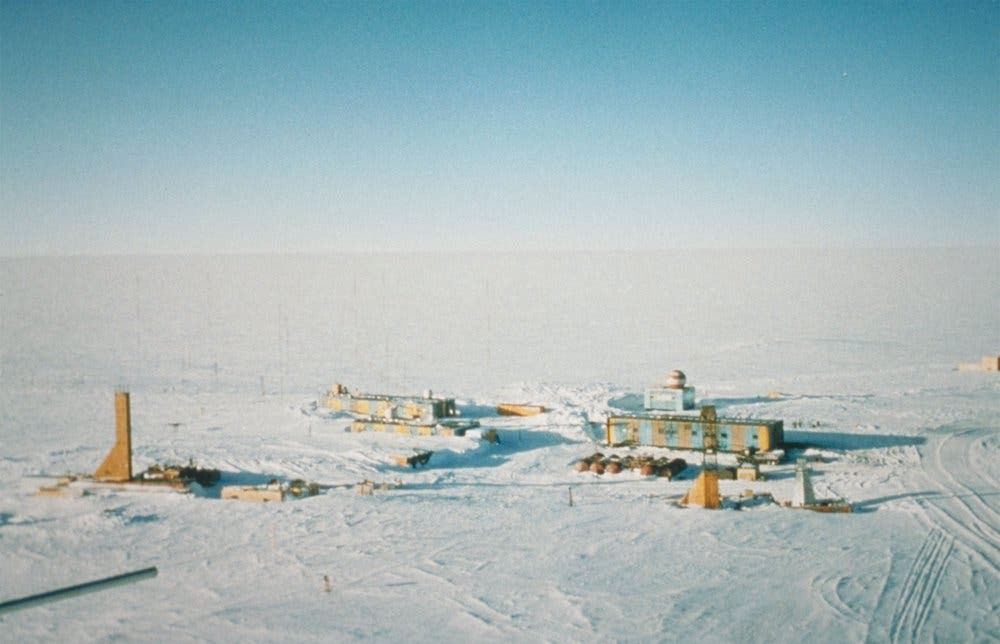
Notably, there is a greenhouse at the South Pole station. A variety of vegetables and herbs have been grown in the greenhouse, ranging from fresh eggplant to jalapeños. All were produced hydroponically, using only water and nutrients with no soil. The greenhouse is the only source of fresh fruit and vegetables during the winter.
Despite having no true human inhabitants, Antarctica has had at least eleven human births, starting with one in 1978 at an Argentine base (followed by seven more at that base and three more at a Chilean base). Emilio Marcos Palma (born 7 January 1978) is the first documented human to be born in Antarctica, after his mother, who was then only seven months pregnant, was airlifted to Esperanza Base, in order to complete her pregnancy in the base. His father was the head of the Argentine Army detachment at the base. This was meant to cement Argentina’s claim over the territory (which is not internationally recognized and conflicts with British and Chilean claims). Argentina currently has 13 bases opened on the continent, comparable to what Chile, Russia, and Australia maintain (with the US having the largest Antarctic population).
The Antarctic bases are essentially research stations, but they do also serve a geopolitical role. Seven states currently have territorial claims on the continent — which funny enough, make the continent look like a pie chart:
Since Antarctica has no natural borders and it mostly consists of ice, these territories are aligned with latitude from pole — which makes Antarctica almost look like a pie chart, as Datawrapper’s Anna Thieme points out. However, some territories are claimed by more than one nation, though it’s unlikely to generate any real friction — yet.
Antarctica holds little real value for now, but this could change in the future. The Antarctic Treaty entered into force in 1961 by the twelve countries whose scientists had been active in and around Antarctica. They agreed to only use Antarctica for peaceful purposes (research), banning all mining and military activity. But the treaty is up for renegotiation in 2048, and things may be a bit more heated at that time, both politically and literally.
We still don’t know what oil or mineral resources Antarctica hosts, but with global heating melting the Antarctic more and more, the discussions could become more relevant in the future. For now, Antarctic research is very important for climate change, with the continent heating up by more than three times the global average.
